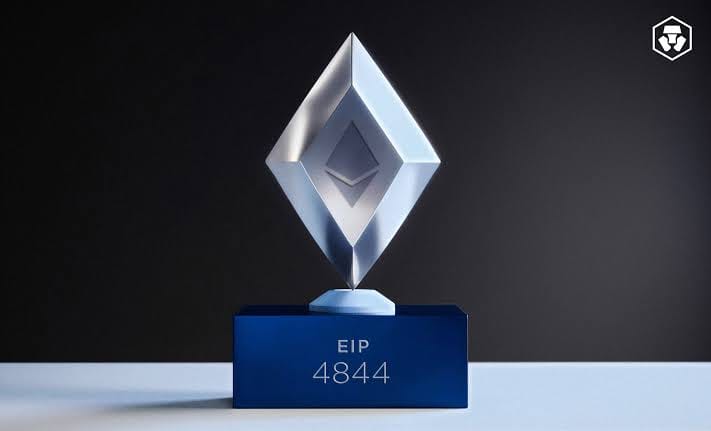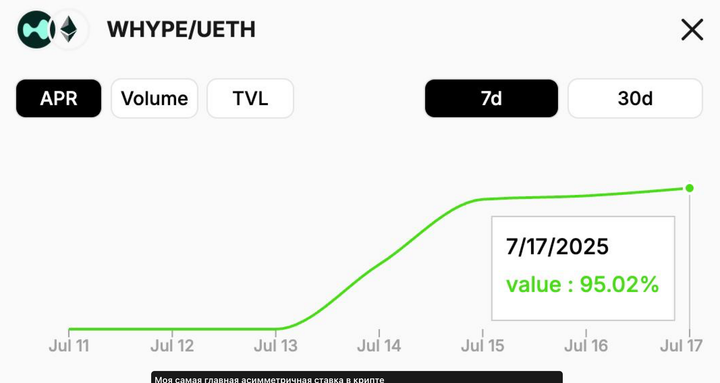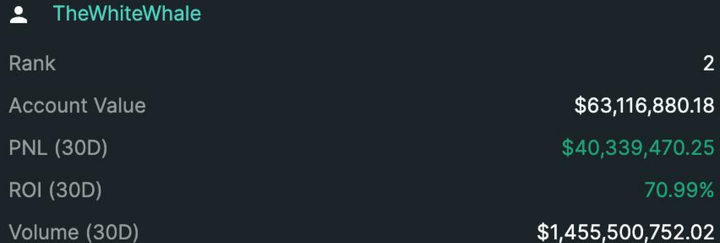Ethereum’s Proto‑Danksharding Goes Live: What It Means for Layer 2s

Introduction
In March 2024, Ethereum deployed EIP‑4844—nicknamed Proto‑Danksharding—as part of the Dencun upgrade. This landmark change introduces “blob‑carrying transactions”, a new data type designed to slash the cost of rollup data on Ethereum’s base layer. For any Layer 2 rollup relying on calldata to post transactions, that means dramatically lower fees and smoother scaling.
But what exactly changed under the hood? And how will this reshape the economics and user experience of leading rollups like Optimism, Arbitrum, and zkSync? In this article, we’ll:
- Explain Proto‑Danksharding’s core mechanics in plain English.
- Explore how rollups leverage blobs to cut data costs by 10–100×.
- Analyze the impact on gas fees, network congestion, and user UX.
- Look ahead to how full danksharding and future upgrades will build on EIP‑4844.
By grounding the technical details in real‑world rollup use cases, you’ll understand why this upgrade matters not just for developers, but for every Ethereum user.
1. Technical Overview: From Calldata to Blobs
What Are Blobs?
Traditionally, rollups package transaction data as calldata, which must be stored by every Ethereum node forever. That permanence makes calldata relatively expensive—each byte posted carries on‑chain storage costs.
Blobs, by contrast, are large binary objects (up to 125 KB) that get persisted for a limited time by consensus nodes, then pruned. They sit alongside normal transactions but use a separate fee market and storage layer. Because blobs aren’t permanently stored in the execution layer, they’re cheaper per byte—designed specifically for rollups to dump large volumes of data without breaking the bank Crypto.com.
How EIP‑4844 Works
- New Transaction Type: Clients accept blob‑carrying transactions that reference off‑chain data availability commitments via KZG polynomial commitments.
- Temporary Storage: Beacon nodes hold blob data for a rolling window (measured in epochs) before dropping it, keeping disk use manageable.
- Separate Fee Market: Blob data fees are calculated per byte and paid in gas using a new fee schedule—distinct from regular calldata fees.
- Backwards Compatibility: Legacy transactions remain unchanged; rollups can opt‑in to using blobs without requiring an all‑or‑nothing network upgrade eip4844.com.
This scaffolding positions Ethereum for full danksharding—a multi‑shard design where data availability scales to thousands of blobs per block—while offering immediate cost relief to Layer 2s.
2. Implications for Layer 2 Rollups
Dramatically Lower Data Costs
Before EIP‑4844, calldata fees could account for 60–90% of a rollup’s gas bill. With blobs, rollups report 10–100× reductions in data‑posting costs. For example:
- A typical batch that once cost 200 gwei per byte might now land at just 2 gwei per byte in blob fees.
- Rollup operators can pass these savings to users in the form of lower transaction fees or more frequent batch windows QuickNode.
Faster Finality & Block Inclusion
Since blobs use a separate fee market, rollup transactions face less competition with regular Ethereum users for block space. This means:
- Quicker batch inclusion, leading to near‑instant finality for Layer 2 users.
- Reduced gas spikes during high L1 congestion, because rollup data is not competing for the same limited calldata slots.
Optimism & Arbitrum Examples
- Optimism has already integrated blob support in its “OP Stack” nodes, cutting data fees by over 90% in early testing.
- Arbitrum plans to route all rollup sequencer outputs via EIP‑4844 blobs, projecting an average fee drop from ~$0.50 per tx to under $0.05.
Both teams report that these savings unlock new use cases—particularly high‑volume DeFi actions and micro‑transactions that were previously unviable on L2 Blockworks.
3. Effect on Gas Fees and User Experience
A Permanent Shift in the Fee Landscape
With blob data cheaper and separate:
- L1 users pay unchanged calldata fees for smart‑contract interactions.
- L2 users benefit from blob‑based gas fees that are decoupled from L1 congestion.
The result is a two‑tiered fee market where rollups can guarantee predictable pricing, vastly improving the UX for decentralized applications.
More Predictable Costs
Developers can now budget and forecast operational expenses with confidence:
- Protocol treasuries can set stable fee schedules.
- End users experience fewer gas price surprises, making wallets and dApps easier to use.
UX Improvements in dApps
Apps built on Layer 2s can embed blob fee estimates directly into interfaces, replacing opaque L1 gas selectors with simple, flat‑rate prompts like “This swap will cost $0.03.” That clarity drives higher conversion and more frequent usage.
4. Future Outlook: On the Road to Full Danksharding
Beyond Proto‑Danksharding
EIP‑4844 lays the groundwork, but full danksharding will require:
- Multiple data shards, each handling thousands of blobs per block.
- Data availability sampling, where light clients verify blob data without downloading everything.
- Cross‑shard communication, enabling more granular and scalable data flows.
When those pieces arrive—likely over the next 2–3 years—Ethereum’s data bandwidth could jump by an order of magnitude, empowering even larger rollups and new L3 networks.
Innovations on Layer 2
Rollups are racing to integrate:
- Dynamic fee markets that adjust blob usage based on network demand.
- Optimistic and zkRollup hybrids that combine blob efficiency with advanced fraud proofs.
- Composable L3 chains that leverage blobs for cheap inter‑module messaging.
Each iteration builds on Proto‑Danksharding’s blob framework, pushing Ethereum closer to a truly modular, multi‑chain future.
Conclusion
The activation of Proto‑Danksharding via EIP‑4844 marks a pivotal moment for Ethereum’s scaling journey. By introducing temporary, low‑cost blobs, the upgrade slashes the cost of Layer 2 data posting—unlocking 10–100× fee reductions, faster finality, and a vastly improved user experience for rollup‑based dApps.
For developers and users alike, this means:
- Affordable, predictable gas costs, leveling the playing field for micro‑payments and high‑frequency DeFi.
- A clear path to full danksharding, with blobs serving as the critical stepping stone toward multi‑shard data availability.
- Accelerated rollup innovation, as Optimism, Arbitrum, zkSync, and newcomers integrate blob support and push new UX paradigms.
In short, if Ethereum’s last major leap (the Merge) brought proof‑of‑stake, EIP‑4844’s Proto‑Danksharding lays the rails for true mass adoption via rollups. And for anyone building or using Layer 2 solutions, the future just got a lot cheaper—and a lot more scalable.
Internal Mitosis Links & Glossary References
- Bitcoin
- Blockchain
- Cryptocurrency
- Mitosis Core: https://university.mitosis.org/mitosis-core
- Governance: https://university.mitosis.org/governance
- Glossary: https://university.mitosis.org/glossary/
- Ecosystem Connections: https://university.mitosis.org/ecosystem-connections



Comments ()